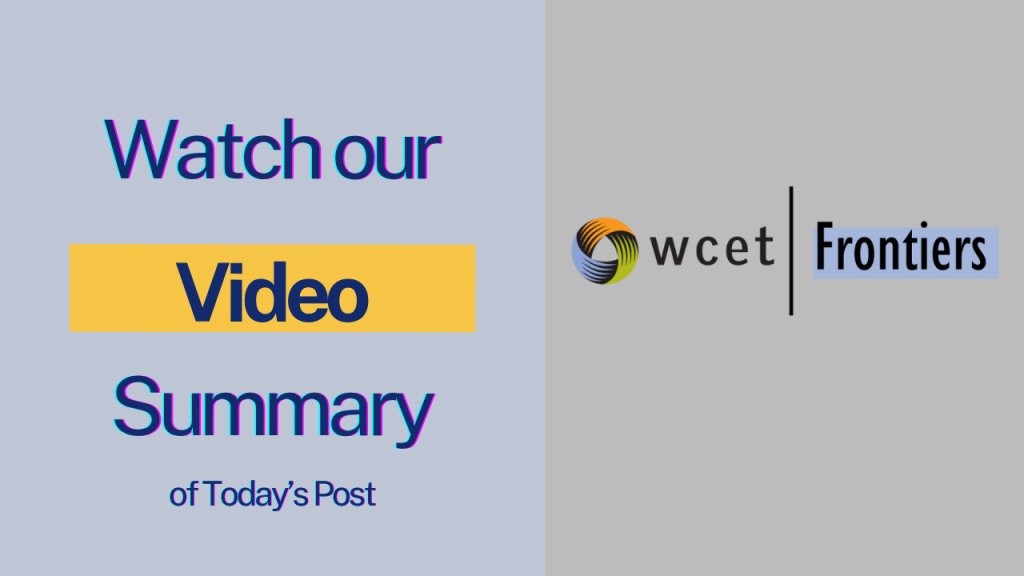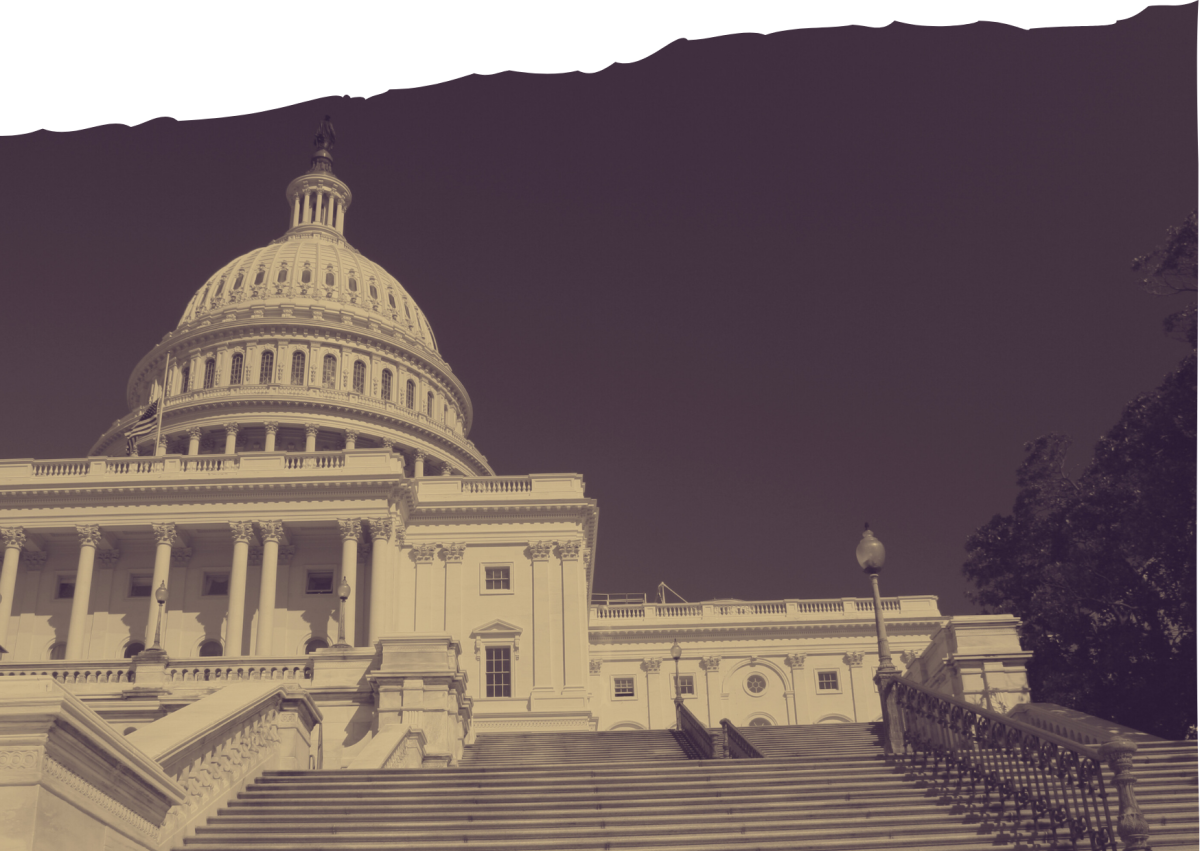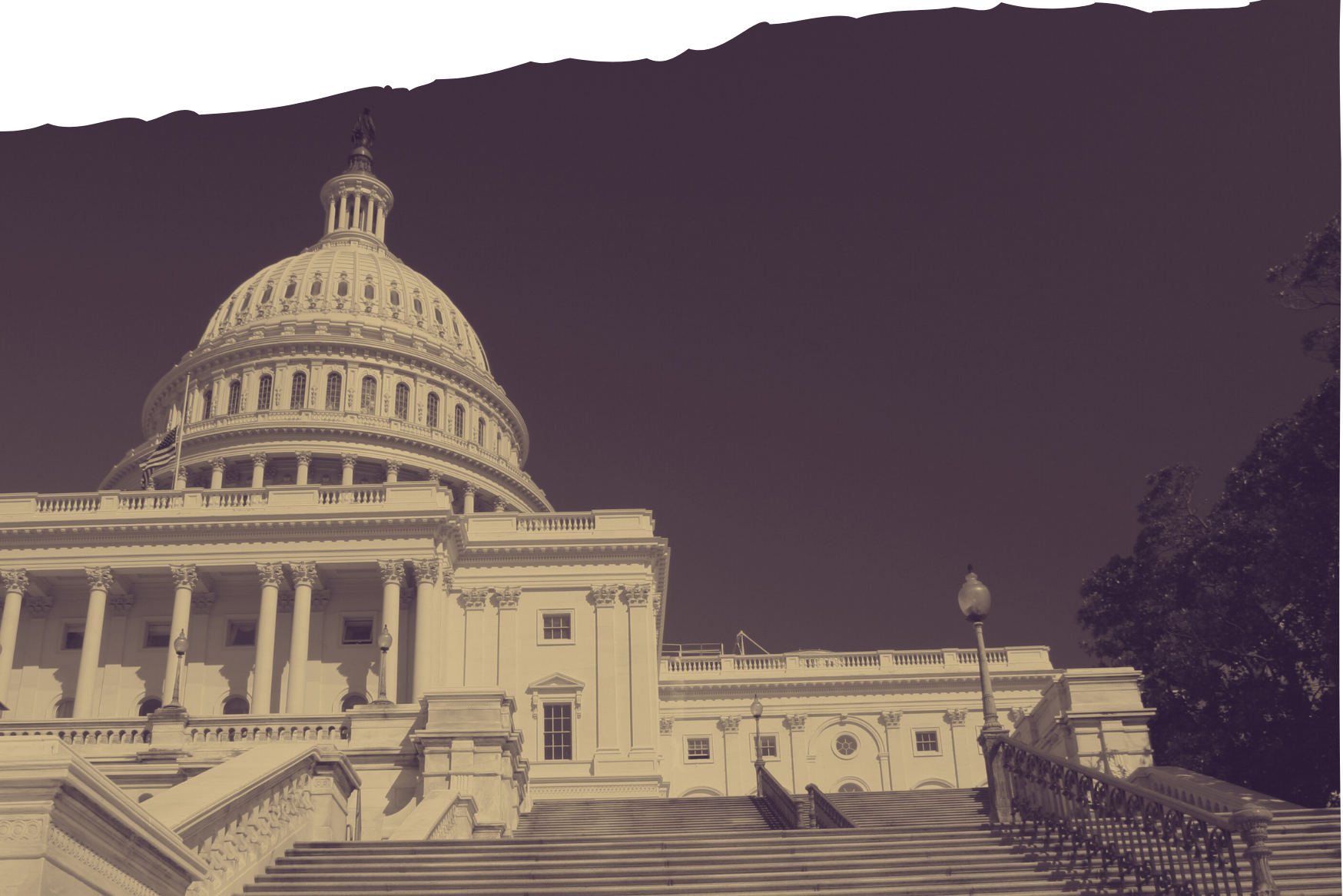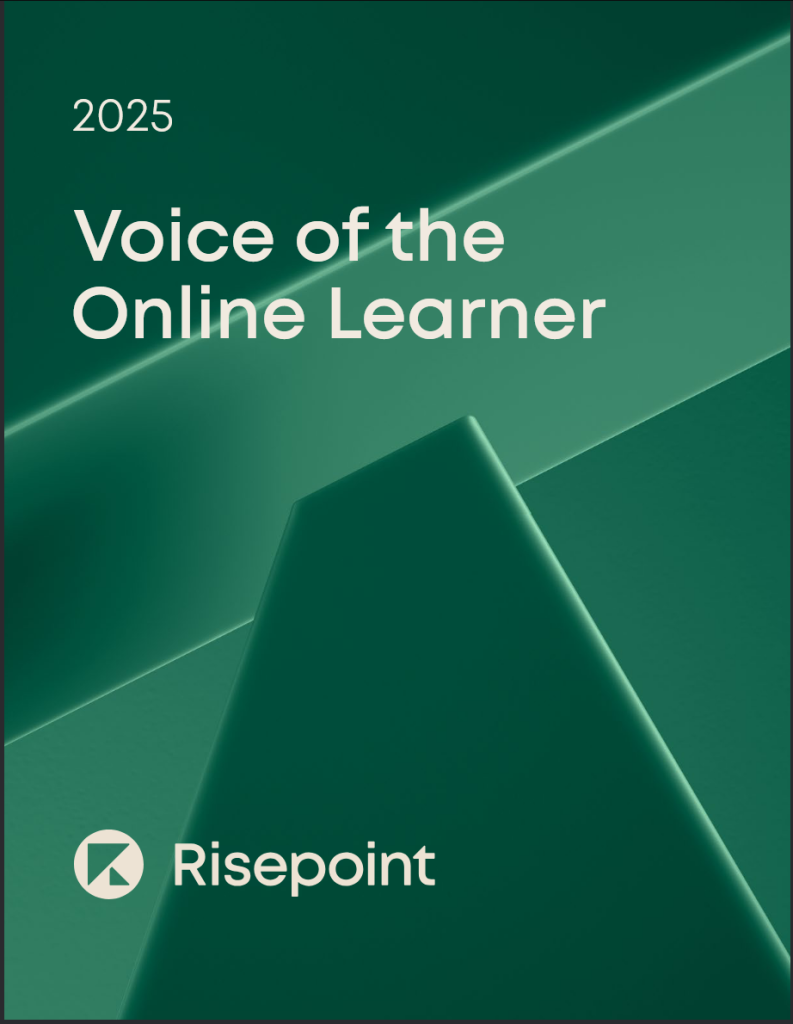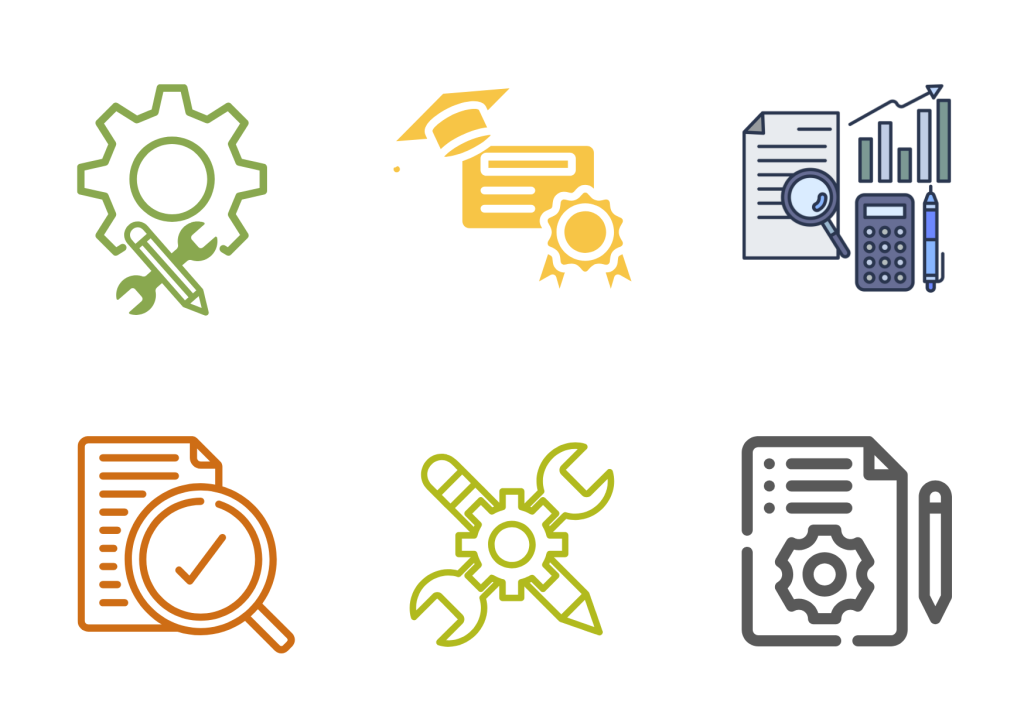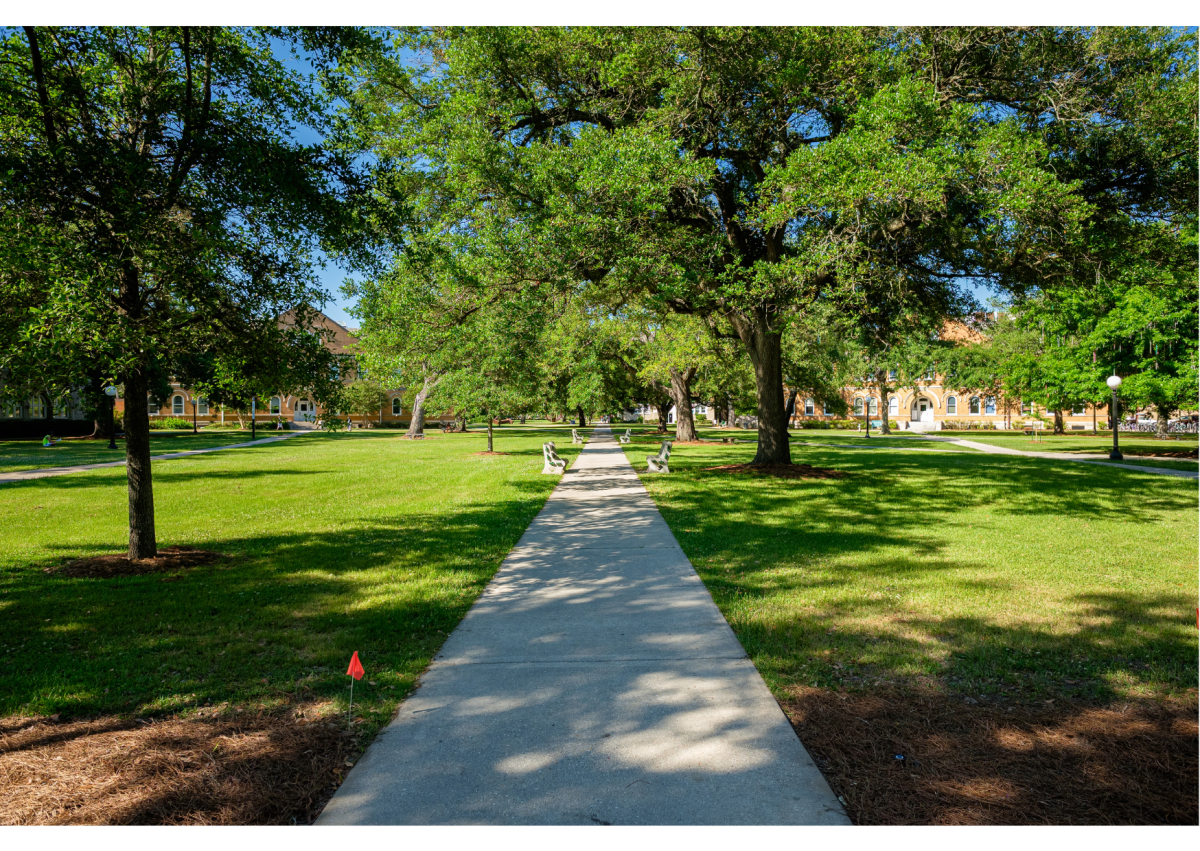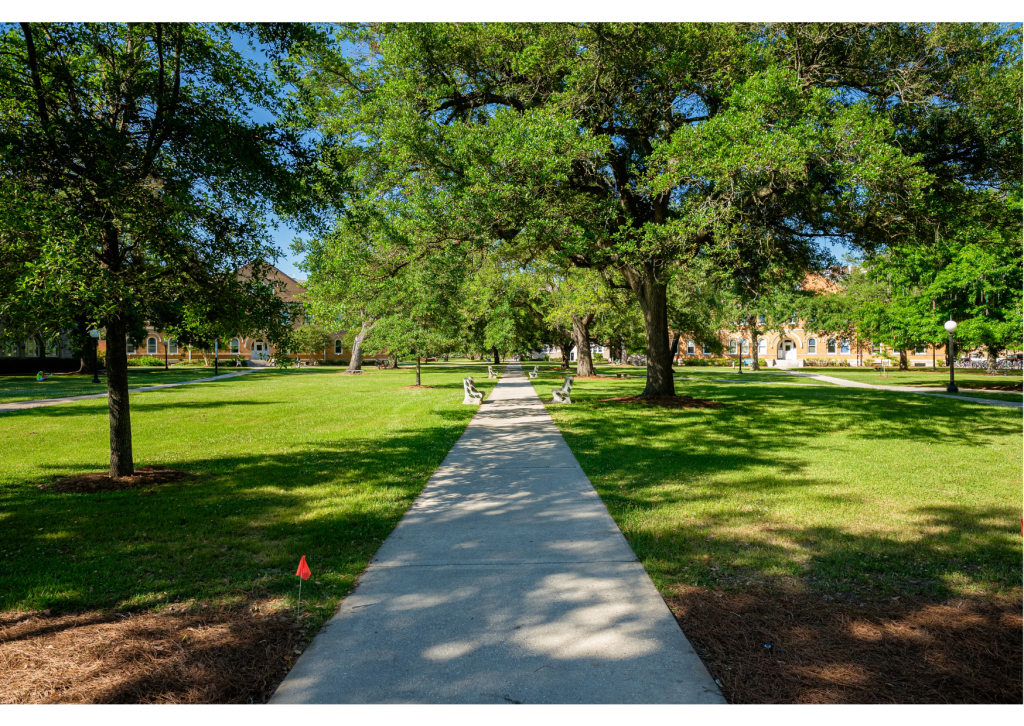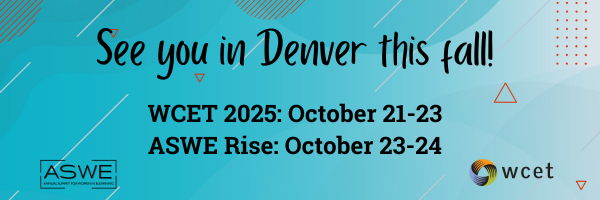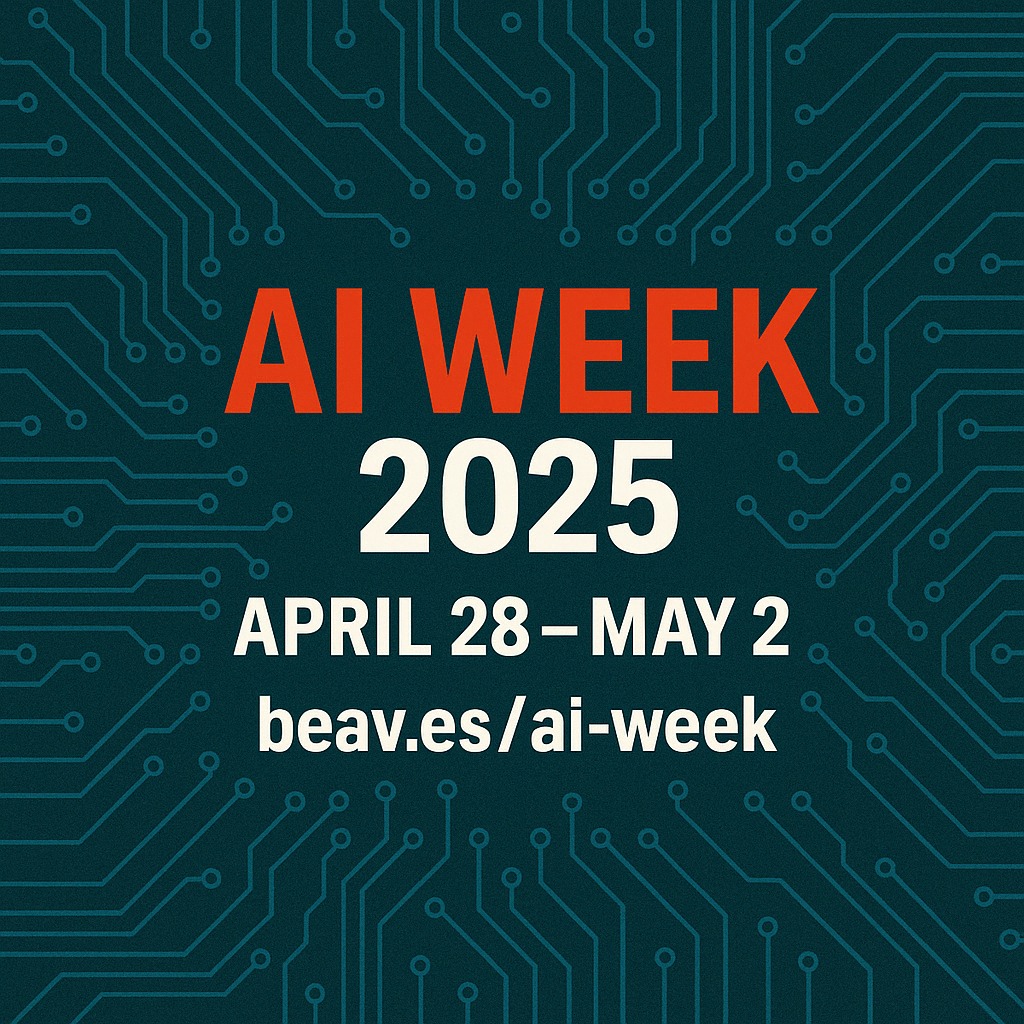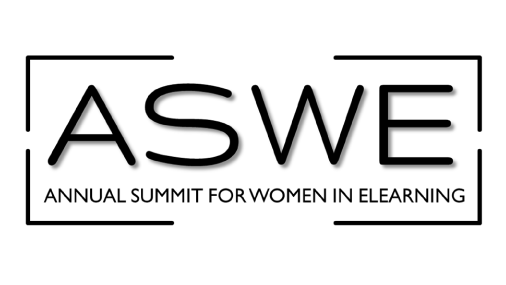In 1984, I was 15 years old, living in Midland, Texas, and Apple had just released the Macintosh 128K, their first Mac computer. My father, who had never touched a computer in his life, for some reason decided that “these computer things” weren’t going away and that his kid should know how to use one. I don’t know why he chose a Macintosh, but he did. He brought it home, set it up on a desk in the family room, handed me the user’s manual, and suggested that I figure out how to use it.
I didn’t realize at the time the extent to which technology would consume my professional and personal lives, but I do remember the wonder of exploring that computer and creating things that I never imagined. Fast forward to 2025, where the smartphone that I carry in my pocket can store seven million times more data than the Apollo guidance computer and has a processor that runs more than 100,000 times faster. Back then, my dad and I had no idea just how much technology would reshape our lives, or how quickly we’d need to learn to keep up with it.

The rate of technological change has been breakneck over the last several decades, yet that rate is poised to seem like a snail’s pace compared with where AI is taking us. And, let’s face it, that’s exhausting. AI fatigue is a real thing. It’s hard not to be exhausted with the rate of change and frustrated by the hype surrounding AI. But AI is here, and it is changing higher education. No technology, including AI, is a magical silver bullet that is going to solve the myriad of challenges facing higher education, no technology is, but AI is forcing us to rethink our practices and processes both inside and outside of the classroom.
AI’s potential impact on the job market is monumental. In its 2024 Employability Report, Cengage Group reported that 47% of employers expected job applicants to possess AI skills, 41% said that AI skills made applicants more competitive, and 66% said that they wouldn’t hire an applicant who did not have AI skills. At the same time, employers are indicating that AI skills are not enough; they expect recent graduates to also possess so-called “soft skills,” like adaptability, problem solving, communication, research, and writing. In fact, the World Economic Forum, in its 2025 Future of Jobs report, indicated that only one of the top ten job skills employees would need was connected to technology. Those skills were, in order:
- Analytical thinking
- Resilience, flexibility, and agility
- Leadership and social influence
- Creative thinking
- Motivation and self-awe
- Technology literacy
- Empathy and active listening
- Curiosity and life-long learning
- Talent management
- Service orientation and customer service
What does this all mean for higher education?
I believe that it means that we can’t afford not to instill digital literacy skills, including AI skills, in our students, faculty, and staff. But not at the expense of what higher education has historically done best: teach learners how to be critical thinkers, problem solvers, and communicators to a wide range of audiences. At the end of the day, AI will never replace human capabilities, but it can amplify them, making skills like analytical and creative thinking, curiosity, and life-long learning more valuable than ever before.
August with WCET
This month, WCET is sharing a variety of AI resources that focus on AI literacies and institutional policies. We began our AI journey two years ago with the release of our first survey of institutional AI policies and practices, followed by WCET’s AI Policy and Practice Framework and toolkit. Since then, we’ve published dozens of blogs about AI at institutions and worked with Every Learner Everywhere and Teach Access on a report and webinar focused on AI and accessibility. Later this month, we’ll be releasing the results from our second survey of institutional AI policies and practices, as well as previewing work that we will be doing in collaboration with D2L on AI literacies. This work will culminate in an AI literacies toolkit later this fall. And for those of you who will be joining us at WCET 2025 in October, we hope you consider joining us for a preconference workshop on AI, “genAI in Higher Education: Ethics, Innovation, and Empowerment.”
A lot has happened since that first Macintosh came out in 1984. The internet, at least for a non-academic audience, was still nine years away before Mosaic would emerge in 1993. And we wouldn’t see peak dial-up internet until 2000, when about 43% of American homes accessed the internet through a dial-up connection (anyone remember the excitement of AOL’s “You’ve got mail!” message?). But one of the constants has been WCET. From our beginning in 1989, we’ve worked with institutions to understand the changing technical landscape and how emerging technologies can be used to expand student access to high-quality educational opportunities and improve their success. And we’ll continue to do so through the breakneck speed of technical change that artificial intelligence is driving. So, whether you’re early in your AI journey or well along that pathway, we’re here to help you navigate the changes. Please let us know how we can help. That 15-year-old Van with his clunky Macintosh couldn’t imagine the AI world of 2025, and today’s AI moment is creating opportunities for higher education that we are just beginning to understand. We know change is coming; how will you shape it?
This post was written by Van Davis, WCET
